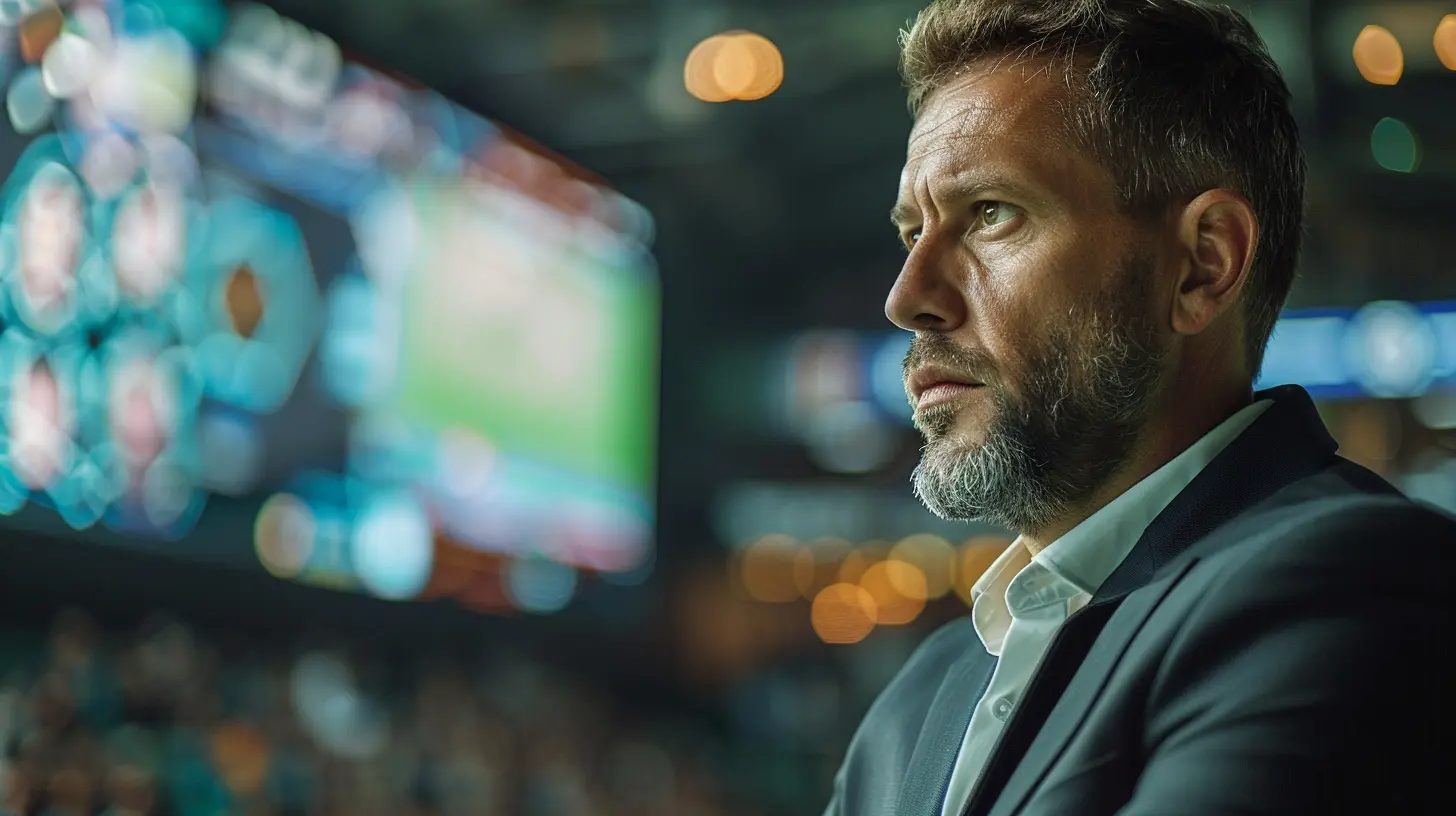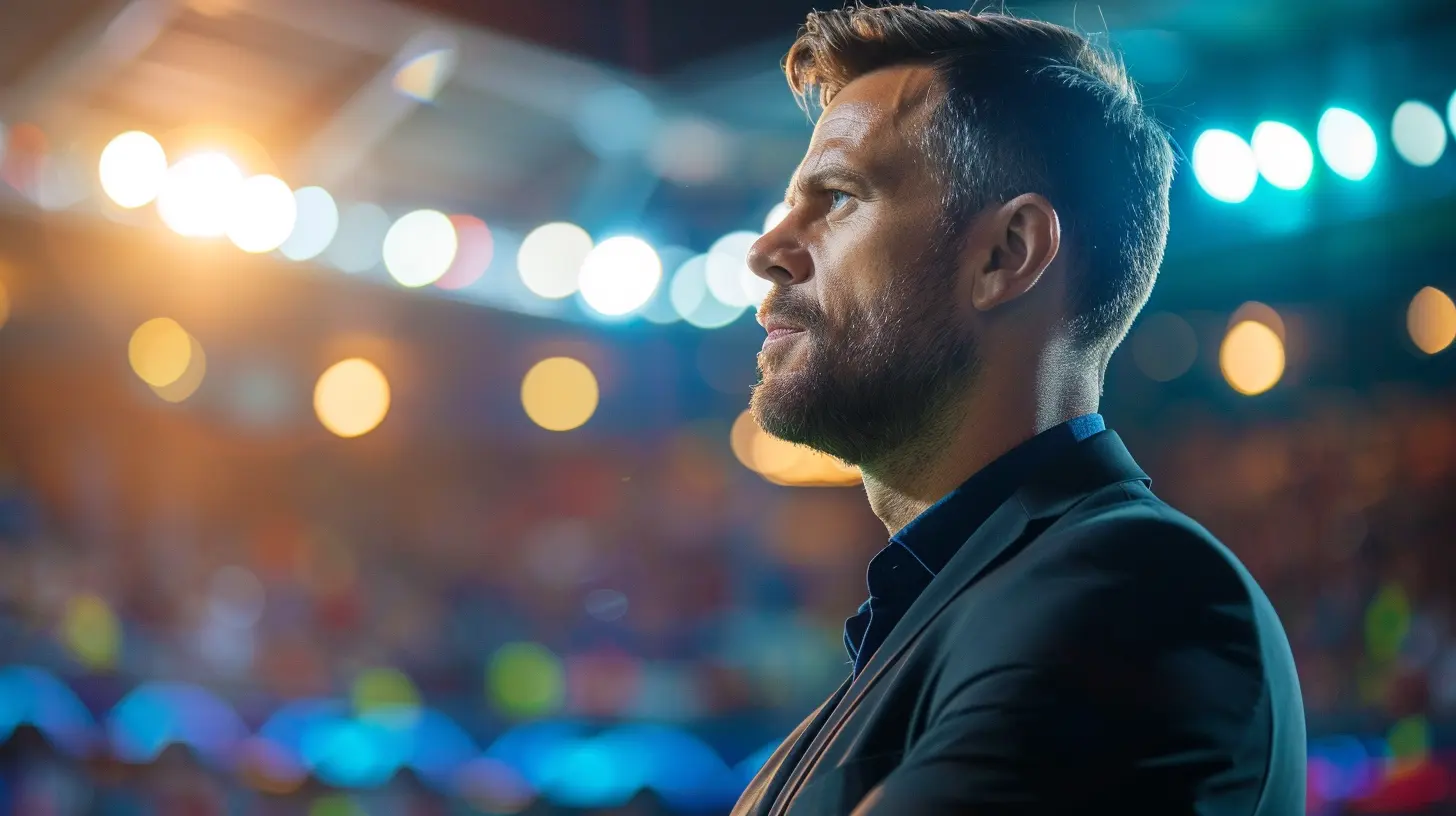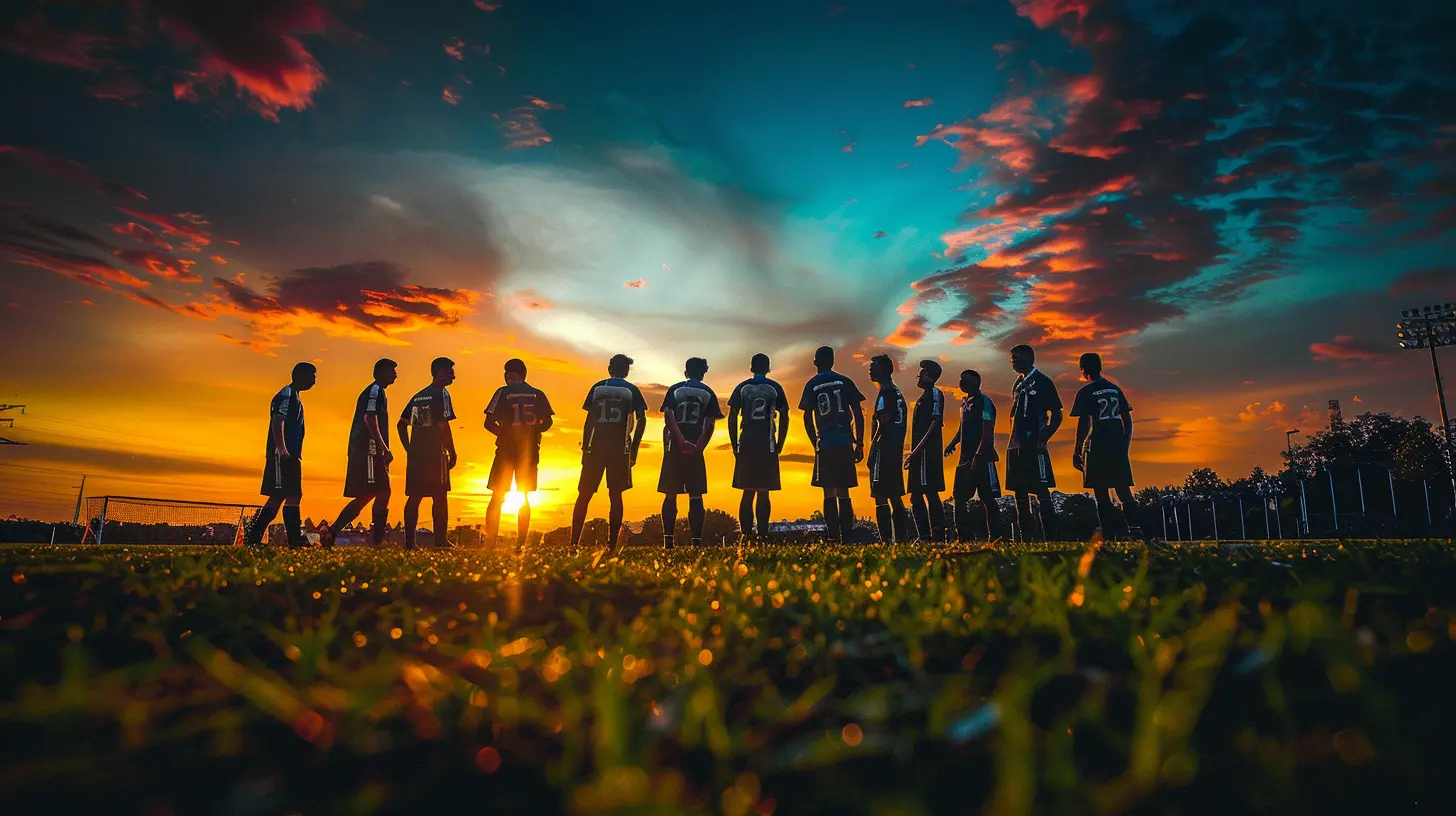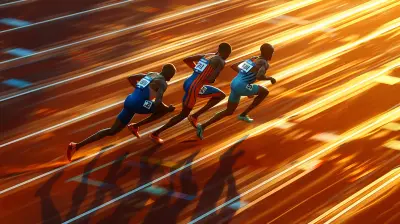Tactical Brilliance: How Coaches Shape Game Plans
28 October 2025
Ever watched a sports match and thought, “Wow, how did they pull that off?” Chances are, it wasn’t just raw talent or luck. Behind every jaw-dropping play or unexpected victory is a coach pulling the strings — crafting, tweaking, and fine-tuning strategies like a master chef working their secret recipe. Welcome to the world of tactical brilliance, where sweaty practices and whiteboard scribbles turn into game-time glory.
In this article, we’re diving deep (and having fun while we’re at it) into how coaches shape game plans. Whether you're a die-hard sports fan, a curious newbie, or a budding coach yourself, this one's for you.

The Coach: More Than Just a Sideline Shouter
Let’s get one thing straight — coaches aren’t just there to yell instructions or look stressed on the sidelines. Nope. Think of them as the chess masters of the sports world. While players are the pieces, it's the coach who moves them around the board.A good coach doesn’t just tell players what to do. They analyze, strategize, motivate, and often improvise on the fly. They read the game like a novel — catching the subtext, noticing the foreshadowing, and flipping the script when necessary.

Game Plans: The Blueprint to Victory
What Exactly Is a Game Plan?
Imagine trying to build a house with no blueprint. Chaos, right? That’s what a game without a plan looks like. A game plan is essentially the strategy map a team follows to maximize their chances of winning. It's tailored to their strengths, adapted to the opponent’s weaknesses, and flexible enough to survive unexpected curveballs (sometimes literally).The Game Plan Recipe
Every coach has their secret "tactical sauce", but most game plans are made up of a few core ingredients:- Player roles: Who’s doing what and when.
- Team formation: How the players are arranged (especially crucial in sports like soccer, basketball, or football).
- Offensive and defensive strategies: How to attack and how to stop the opposition.
- Set pieces: Pre-planned plays for specific situations (corners, free throws, power plays, etc.).
- In-game adjustments: Plan B, C, and sometimes even D.

Reading the Opponent: It’s Like Doing Homework… But Cooler
You know how spies track their targets? Yeah, coaches kinda do the same thing. They watch hours of game footage, analyze previous encounters, and hunt down patterns. They look for weaknesses like a hawk:- Does the other team struggle when pressed?
- Is their star player easily frustrated?
- Do they always play wide in attack?
Then comes the fun part — crafting a strategy that turns those weaknesses into your team’s strengths.

One Size Doesn’t Fit All: Adapting Strategies
A big mistake some rookie coaches make? Trying to copy-paste a one-size-fits-all game plan. Sports don't work like IKEA furniture — you can't just follow a manual and expect the same outcome.Smart coaches custom-tailor their strategies depending on:
- The opposition
- Weather or field conditions
- Injury reports
- Team morale
- Referee tendencies (yep, even that)
The best part? Sometimes the coach changes things mid-game, catching the opposing team off-guard. It’s like changing the recipe halfway through a cooking contest — and still winning!
Practice Makes Tactical Perfection
You can't just draw a tactic on a whiteboard and expect magic to happen. That plan needs to be drilled, practiced, tweaked, and perfected.Training sessions become mini-labs where coaches test their tactical theories. It’s where players learn:
- Positioning: Where to be and when
- Communication: Talking, signaling, and reading each other’s minds (kinda)
- Timing: When to press, pass, or pull off that risky move
Coaches turn theory into muscle memory so that when game day comes, the plan flows naturally.
Motivating the Troops: The Psychology Behind the Strategy
X’s and O’s are just part of the puzzle. The human factor? That's the real wildcard.Great coaches are part tactician, part therapist, and part hype-man. They know how to ignite a fire under their players, especially when the chips are down. Motivation isn’t just about giving a cliché locker-room speech; it’s about:
- Building trust
- Creating belief
- Instilling discipline
- Fostering that “team-first” mentality
Because let’s face it — even the perfect plan falls apart if the players aren’t bought in.
Famous Tactical Masterminds Who Changed the Game
Let’s name-drop a few legends, shall we? These coaches turned tactical thinking into an art form.Pep Guardiola (Soccer)
Known for “tiki-taka” — a short-passing, possession-based style that overwhelmed opponents. His game plans are like symphonies.Bill Belichick (American Football)
The king of adaptability. Belichick famously tailors his game plan each week to suit the opponent. No ego, just results.Greg Popovich (Basketball)
Longtime San Antonio Spurs coach. A master of player development and in-game adjustments. Also, a pro at giving short, hilarious sideline interviews.Jurgen Klopp (Soccer)
Brought us "gegenpressing" — basically, press the heck out of the opponent the moment they get the ball. It’s high-energy, aggressive, and incredibly effective.These coaches didn’t just teach tactics — they changed the language of their sports.
In-Game Changes: When the Plan Meets Reality
Even the best-laid plans can go sideways. Maybe a red card throws your strategy out the window. Or maybe the opponent came with their own unexpected twist. That’s where real-time decision making comes into play.This is where coaches earn their paychecks. The ability to:
- Spot what’s not working
- Pivot on the fly
- Make brave substitutions
- Switch formations mid-play
It’s like being a Hollywood director mid-film and yelling, “Cut! Let’s try something else.”
Technology and Tactics: A Match Made in Data Heaven
Nowadays, coaches aren’t flying blind. They’ve got a full tech arsenal backing them:- Video analysis tools
- Fitness trackers
- Heat maps
- Statistical breakdowns
All that data helps refine strategies, track player loads, and analyze patterns. It’s Moneyball meets Madden.
But here's the kicker — all the tech in the world doesn’t matter if you can’t translate it into a plan your players understand and trust. Tech supports tactics, but the coach is still the brain behind it all.
Developing Young Talent with Tactical Smarts
Youth coaches have one of the toughest jobs. Not only do they need to win games, but they also have to develop understanding. You can’t just throw a complicated game plan at a 13-year-old and expect brilliance.Smart youth coaches ease young players into tactics through:
- Game simulations
- Small-sided games that mirror real scenarios
- Clear, bite-sized instructions
- Encouraging autonomy and decision-making
Because one day, that kid might be the next Lionel Messi… or at the very least, the savviest weekend warrior on their rec team.
Why Tactical Brilliance Matters (Even to Casual Fans)
You might be thinking, “Cool story, but I just like watching the highlights.” That’s fine! But knowing what goes on behind the scenes gives you a deeper appreciation.Next time you see:
- A perfectly timed press
- A smart substitution that changes the game
- A team comeback from 0-2 down
You’ll know — that wasn’t just luck. That was a coach pulling the strings with cool-headed brilliance and a whole lot of planning.
Final Whistle: It's All in the Planning
Game plans don’t guarantee wins — but they increase the odds. Coaches bring the brains to the brawn of sports. Their ability to read, react, and reshape strategies in real time is what separates the average from the elite.So, next time you’re watching a game, tip your cap to the coach. Remember, while the players dance under the stadium lights, there's a mastermind in the shadows, calculating every move like a grandmaster in the final round of a chess tournament.
Now Over to You...
Got a favorite coach or a genius tactical moment that blew your mind? Share it with your fellow fans next time you're around the water cooler (or the bleachers). Who knows — you might be the tactical thinker your fantasy league desperately needs.all images in this post were generated using AI tools
Category:
Coach ProfilesAuthor:

Easton Simmons
Discussion
rate this article
1 comments
Malia Scott
Great article! It’s incredible how coaches' insights and strategies can transform teams. Their ability to adapt and inspire truly makes a difference in athletes’ lives.
November 3, 2025 at 3:56 AM

Easton Simmons
Thank you! I'm glad you enjoyed the article. Coaches truly play a vital role in shaping not just game plans but also the lives of their athletes.
![The Road to Redemption: How [Player Name] Overcame Challenges to Excel](/pictures/blog/small/the-road-to-redemption-how-player-name-overcame-challenges-to-excel_3.webp)

